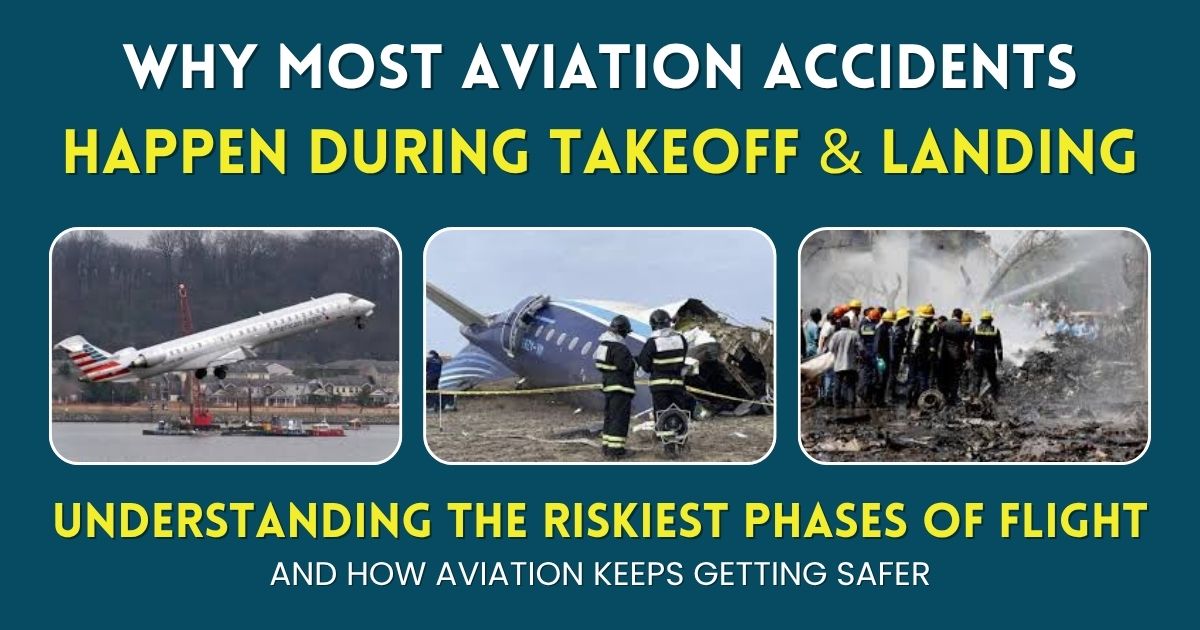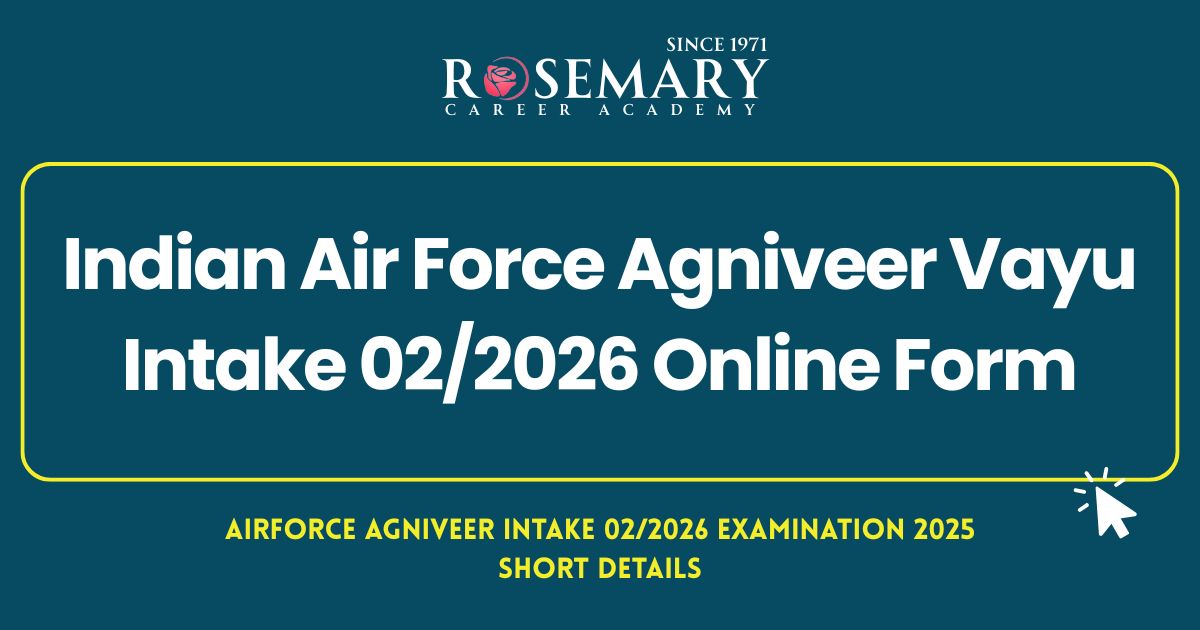The Truth Behind Flight Safety Statistics
When people fear flying, they often worry about takeoff and landing. And they’re not wrong—these two phases account for the majority of aviation accidents, despite being the shortest parts of a flight.
But here’s the reassuring truth: Air travel remains the safest mode of transportation in the world, and understanding why these accidents happen can help us appreciate how far aviation safety has come.

What the Numbers Say: 2015–2024
According to global safety data:
- Takeoff & Initial Climb (First 3 minutes):
Only 2% of total flight time
Account for 20% of all fatal crashes - Final Approach & Landing (Last 8 minutes):
Only 4% of flight time
Responsible for a staggering 47% of fatal accidents - Cruise Phase (Majority of flight):
Covers around 57% of flight time
Accounts for just 10% of fatal incidents
Why Are These Phases So Risky?
1- Minimal Margin for Error
At low altitudes, there’s very little room to recover from mistakes, malfunctions, or poor weather.
2- High Pilot Workload
During takeoff and landing, pilots manage:
- Flaps, speed brakes, gear
- Radio communication
- Weather assessments
- Instrument checks
All within seconds.
3- Weather Variability
Fog, rain, crosswinds, and low visibility mostly affect the beginning and end of a journey—making precise control crucial.
4- Bird Strikes
Most bird strikes occur below 3,000 feet—exactly the zone for takeoff and landing.
5- Engine & Structural Stress
Takeoff puts engines at maximum thrust, and landings challenge the aircraft with heavy braking and high vertical speed.
But Here's the Good News: Flying Is Safer Than Ever
Despite these risks, aviation fatalities have drastically declined thanks to:
- Advanced navigation and autopilot systems
- Rigorous pilot training (including simulation drills)
- Real-time weather tracking
- Strict aircraft inspection and maintenance protocols
In 2023, the fatal accident rate was just 0.23 per million flights — a testament to aviation’s relentless pursuit of safety.
What We Teach at Rosemary Career Academy
At Rosemary, we believe that understanding risks is the first step in creating better solutions. That’s why we offer:
- Practical lessons in aviation safety
- Flight simulator training modules
- Project-based learning on aircraft design & emergency protocols
- Guest lectures from DGCA-certified pilots and engineers
“We prepare students not just to fly—but to think like aviation safety leaders.”
Related Articles from Rosemary:
Connect
With Us Today!
Confused About Your Career After Graduation?
Get Expert Career Counseling at PathFinder& Training at RankEdge – A Unit of Rosemary Career Academy
Official Website: www.rosemaryinstitute.com
App: Rosemary – The Learn & Grow App
WhatsApp Channel (General): Learn & Grow
WhatsApp Channel (Career): Pathfinder – Career Guidance
Location: Rosemary Campus, Rosemary Lane, Begum Bagh, Meerut, Uttar Pradesh
Contact: +91-9557840404, 9456040404
Email: rosemaryinstitute@gmail.com
Latest Posts
Counseling Guide for Humanities Students
Career Options After 12th Humanities
Psychology Careers & Scope: Understanding Minds, Shaping Futures
Indian Air Force Agniveer Vayu Intake 02/2026 Online Form
Career Opportunities in Nutrition & Agri-Tech
Enquiry Form
“Creating Leaders for Tomorrow”
“Our achievers are the foundation of our journey. Their relentless dedication and perseverance inspire us to push boundaries and achieve new heights. Every success story is a testament to the power of passion and hard work, reminding us that with determination, nothing is out of reach.”






